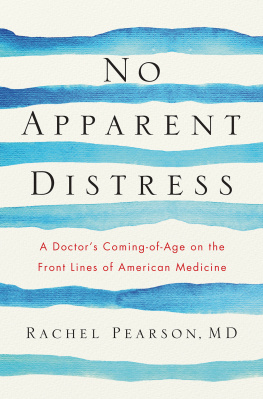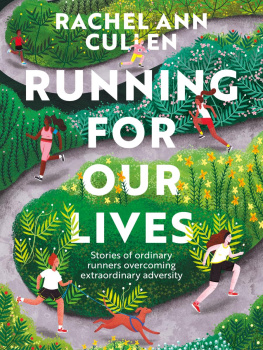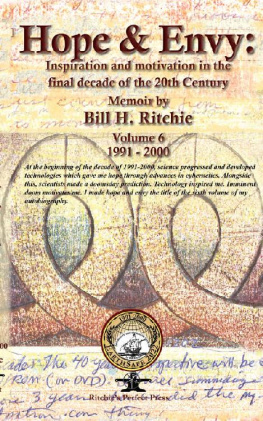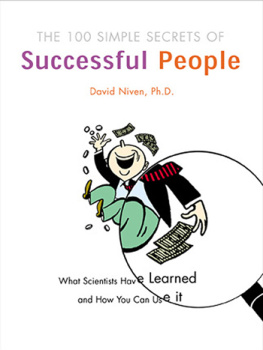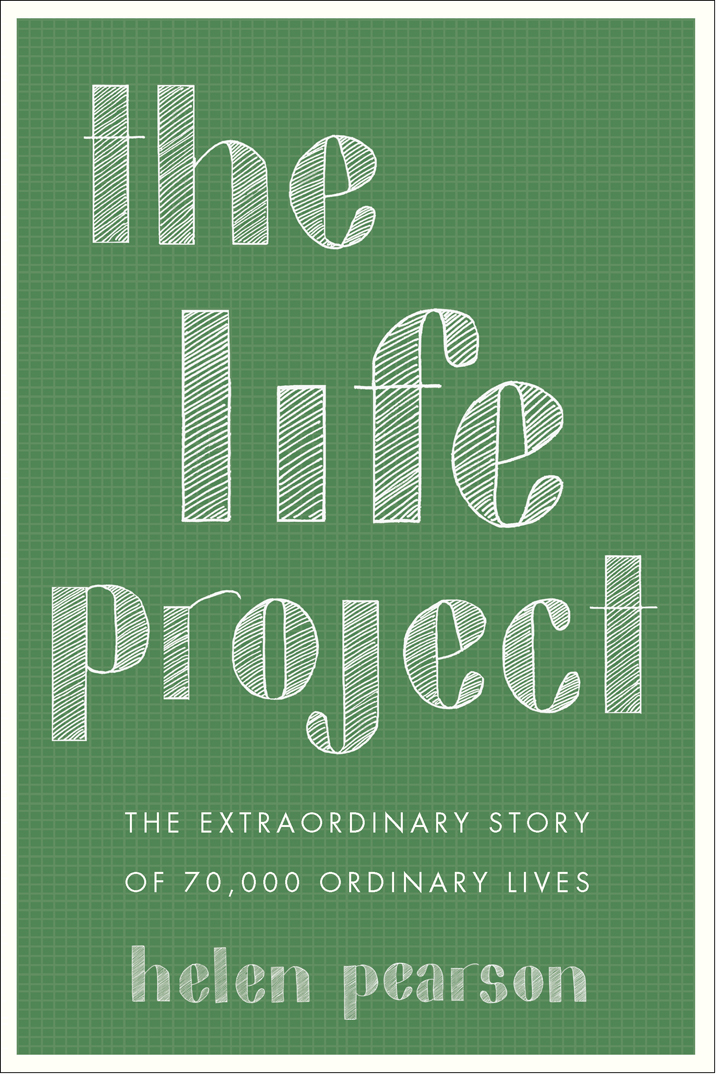


Copyright 2016 Helen Pearson
All rights reserved under International and Pan-American Copyright Conventions. No part of this book may be used or reproduced in any manner whatsoever without written permission from the publisher, except in the case of brief quotations embodied in critical articles and reviews.
Library of Congress Cataloging-in-Publication Data is Available
Soft Skull Press
an imprint of COUNTERPOINT
2560 Ninth Street, Suite 318
Berkeley, CA 94710
www.counterpointpress.com
Distributed by Publishers Group West
10 9 8 7 6 5 4 3 2 1
e-book ISBN 978-1-61902-810-4
To Ashby, Lynton and Edwin, my life project
Table of Contents
Guide
Contents
This book is about the British birth cohort studies, a remarkable series of longitudinal studies that track generations of babies from birth to death. The cohorts span over seventy years of British and scientific history, have generated a vast range of books and academic articles across many disciplines, and have involved hundreds of scientists. This book gives just a flavour of that work. Much of it is based on over 150 interviews that I conducted over the course of five years with scientists, science administrators, cohort members and others connected with the studies. I have also drawn extensively on academic publications, as well as press clippings, historical archives and other research.
The identity of people in the cohort studies is confidential and fiercely guarded by scientists. I was able to talk to just a few people who had previously revealed that they were cohort members or were willing to do so for this book, and who allowed me to write about them. In some cases, their names and other details have been changed at their request. All the data on the cohort members is meticulously and securely stored, as are the biological samples they have donated, some of which are discussed in this book. The samples are kept in facilities that meet the approval of the Human Tissue Authority, a government regulatory body.
For simplicity, I have often mentioned only a cohort director or project leader in connection with a project or piece of research, even though science is almost always a group endeavour and others may have played vital roles in the work. And regarding the number of people in each study, I have stated the number of children at its outset, but the figures used vary in the scientific literature and change over time as people die, drop out or join up.
The birth cohort studies in Britain and around the world comprise a huge scientific enterprise and this is just one book. Please forgive its many omissions. I urge anyone wanting to know more to explore the rich academic literature, or to talk to the scientists the real experts themselves.
In 1985 a young woman set out on a road trip around Britain to answer a burning question: why is it that some people succeed in life and others struggle or fail? The idea was not a new one: scientists and academics have been trying to understand all the factors that shape our lives and place us on particular paths for centuries. But this young woman, Doria Pilling, had an extraordinarily powerful way to answer this obvious yet seemingly unresolvable question: a remarkable study that was following thousands of people and charting the multitudinous details of their lives from the moment they were born.
The study had started in 1958, when scientists had carefully recorded the birth of nearly every baby born in Britain in one March week: 17,415 babies in all. They had been carefully tracking the lives of those children ever since, recording their height, health, intelligence, school performance, social class, and later their jobs, marriages and almost everything else. And, by doing this, the scientists had already discovered something profound: the children born into the most disadvantaged circumstances the ones with poor parents and cramped homes tended to have difficult lives from that point on, gradually racking up behavioural problems, illness and poor results at school. So troubled were these children that scientists had given them a label of unmitigated despondency: born to fail.
But luckily, life is never quite that simple, and no generalized label will cover every eventuality. The scientists knew that not all the children who were born to fail would, in fact, do so. It was very likely that some would beat the odds, and the scientists were eager to discover who they were and how they had managed to avoid the outcomes that had been predicted for them. What is the combination of events, decisions and circumstances that can help turn things around? By the 1980s the researchers were in a good position to find out. At that stage the children had reached their twenties, and had progressed far enough in their adult lives for a judgement to be made about their success or failure, based on their educational qualifications, income and jobs. This was the project handed to Pilling, who, at this time, was still learning the ropes of her scientific profession. It became her job to find members of the study who had grown up in the most difficult of circumstances but who were now doing well in life nevertheless.
Pilling decided on the exact criteria that identified children who were born to fail. She decided that a child would qualify only if he or she had grown up in a household that had one parent or five or more children, and whose income was low enough for the child to receive free school meals or welfare benefits, and lived in a home that did not have its own supply of hot water or that housed more than one and a half people per room. To put that final category into real terms, it meant that a family with just a kitchen, living room, two parents in one bedroom and four children sleeping in the other would not qualify as being overcrowded; a family with five children crammed in the second bedroom, however, would. Pilling found 386 such severely disadvantaged children in the study.
The majority of these children did indeed go on to struggle in some way they achieved no educational qualifications, or they had a low income or no job. Pilling put these together into one group, the non-achievers. But she was also able to identify achievers those who had escaped from this difficult start and had attained some measure of success. Either they had earned qualifications, such as a string of O-levels, that put them well above the average for the entire group, or they had secured a particularly high income, a skilful job, or done well enough to buy their own home. Out of her pool of 386, Pilling found 83 who made it into the achiever group. Her next task was to talk to both the achievers and the non-achievers, in order to find out what their lives were really like. So she began her journey around Britain by train, bus and taxi to meet these people whose lives had taken a dramatically different course and to discover what exactly had brought this about.
This group was considered non-achievers based on the specific criteria in the study, but that doesnt mean they were unqualified failures. Many had achieved a lot in terms of creating a stable life for themselves in spite of difficult circumstances and many went on to achieve more in later life.
It took Pilling about a year to carry out all the interviews and, since this was the 1980s, she recorded them all on cassette tapes. When she was finished, she had not only to analyse her many hours of recordings, but also to look back through all the data collected up to that point the stacks of questionnaires, interviews and other records relating to these young people that had been carefully squirrelled away throughout their lives. She wanted to find whatever it was that the achievers commonly did and that the others did not.
Next page



